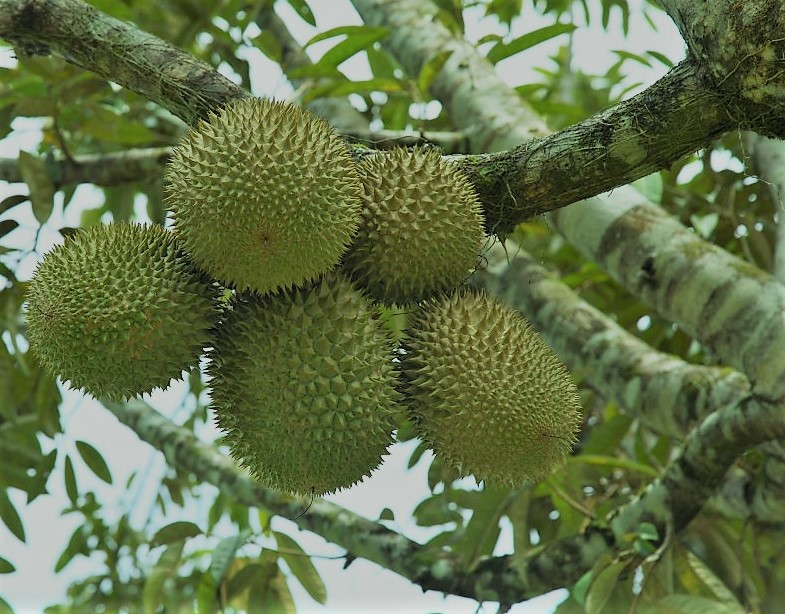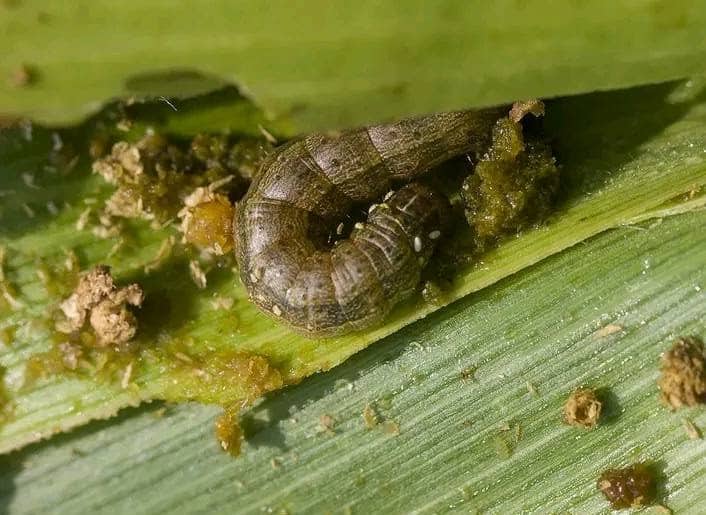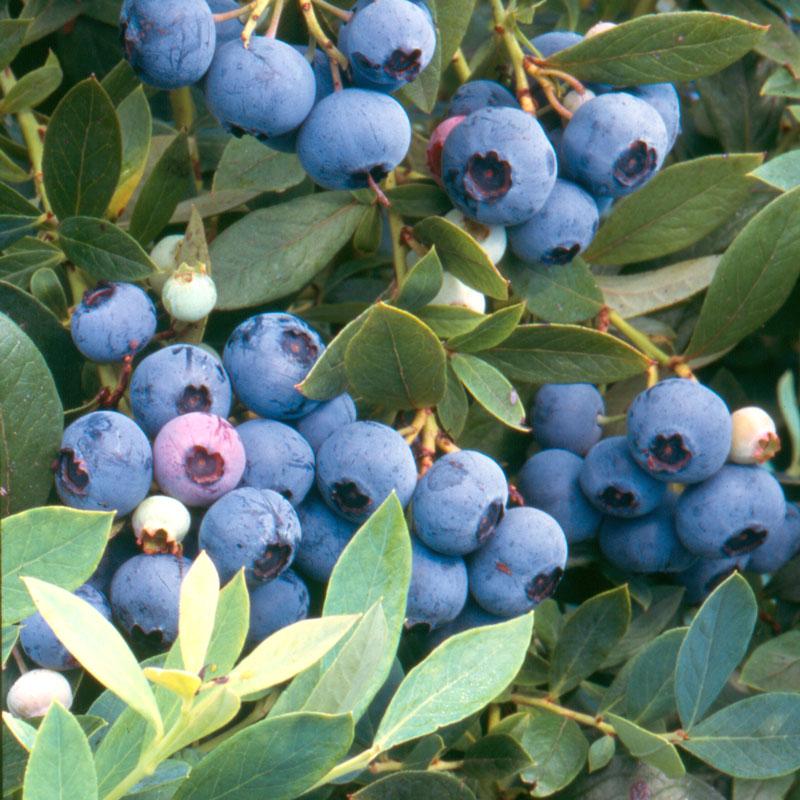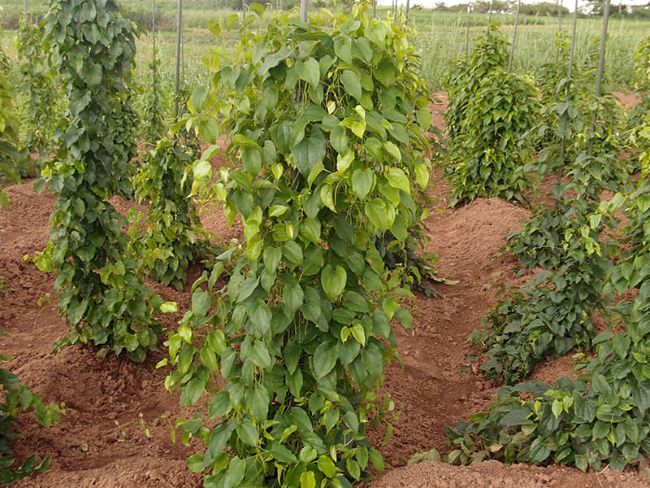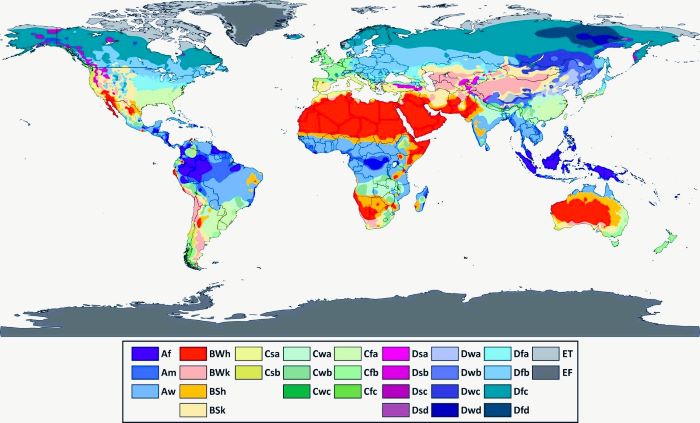Best Fertilizers For Durian Tree and Nutrient Requirements
Durian trees are tropical trees that grow in warm climates, such as Southeast Asia and Australia. They are cultivated for their fruit, which is known as the king of fruits, and the log that is valuable for making furniture, flooring, and roofing materials. Fertilizer application is the best way to ensure durian trees grow and … Read more
